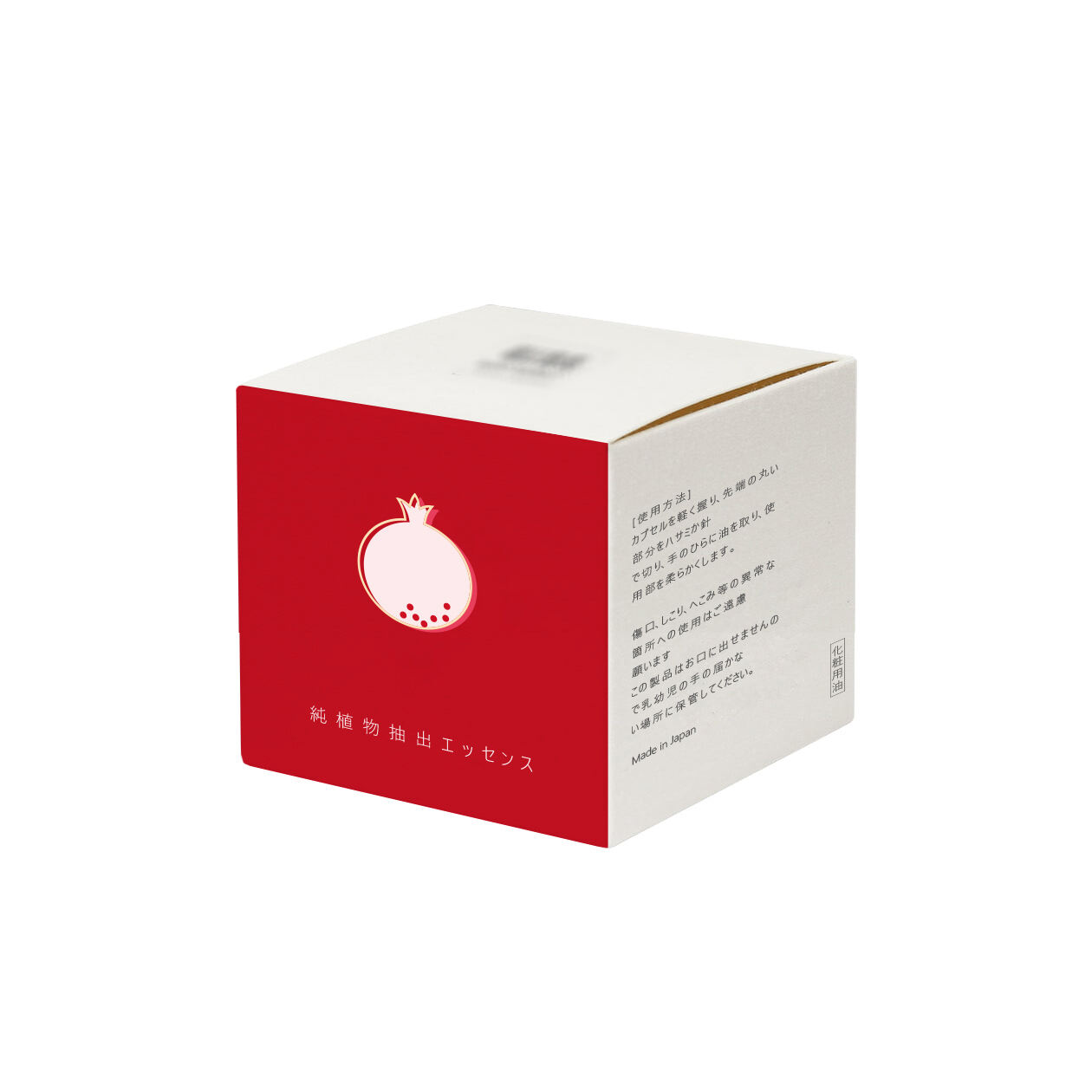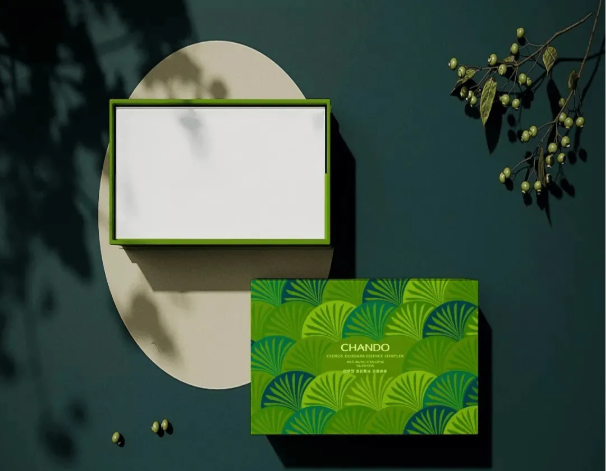
As we approach 2025, the landscape of packaging solutions has transformed dramatically, with eco friendly packaging taking center stage in global sustainability efforts. This shift represents more than just a trend – it's become a crucial business imperative driven by environmental consciousness and changing consumer preferences. Today's businesses are reimagining their packaging strategies to align with environmental responsibilities while maintaining product protection and brand appeal.
The surge in eco friendly packaging adoption reflects a broader understanding of environmental impacts and the urgent need to reduce waste. From major corporations to small local businesses, organizations are investing in sustainable materials and innovative designs that minimize their ecological footprint while maximizing functionality.
The newest generation of biodegradable packaging materials represents a significant leap forward in sustainability. These materials, derived from natural sources like mushroom mycelium, seaweed, and corn starch, break down completely in natural environments without leaving harmful residues. Companies are particularly excited about mycelium packaging, which grows into custom shapes and provides excellent protection while being completely biodegradable.
Agricultural waste has emerged as another promising source for eco friendly packaging solutions. Manufacturers are transforming rice hulls, wheat straw, and banana leaves into durable packaging materials. These innovations not only reduce waste but also create additional value from what was once considered agricultural byproduct.
Recent technological breakthroughs have revolutionized recycled content packaging. New processing methods allow for higher percentages of recycled materials while maintaining structural integrity and visual appeal. Post-consumer recycled (PCR) plastics now achieve quality levels comparable to virgin materials, making them suitable for a wider range of applications.
Ocean-bound plastic collection initiatives have created new sources for recycled packaging materials, turning environmental threats into valuable resources. These materials undergo sophisticated cleaning and processing to ensure safety and quality while helping to address marine pollution.

The future of eco friendly packaging emphasizes minimalist design principles that reduce material usage while maintaining functionality. Engineers and designers are developing innovative ways to eliminate unnecessary packaging layers and optimize material thickness without compromising protection. This approach not only reduces environmental impact but often results in cost savings and improved user experience.
Smart sizing has become a crucial aspect of sustainable packaging design. Companies are implementing right-sized packaging solutions that eliminate void space, reducing both material usage and shipping costs. Advanced algorithms now help determine the optimal package size for any product combination.
Reusable packaging solutions are gaining traction across various industries. From durable shipping containers to refillable consumer products, these systems significantly reduce waste while building customer loyalty. Companies are developing innovative return programs that make it convenient for customers to participate in circular packaging systems.
The integration of smart technologies with reusable packaging creates new possibilities for tracking, maintenance, and optimization. QR codes and RFID tags enable efficient management of packaging assets throughout their lifecycle, ensuring maximum utilization and proper handling.
The success of eco friendly packaging initiatives depends heavily on efficient supply chain integration. Companies are redesigning their distribution networks to accommodate sustainable packaging solutions, including establishing local recycling partnerships and optimizing transport routes to reduce carbon emissions.
Advanced tracking systems monitor the environmental impact of packaging throughout the supply chain, providing valuable data for continuous improvement. This information helps companies identify opportunities for reducing waste and improving efficiency in their packaging operations.
Cross-industry collaboration has become essential in advancing sustainable packaging solutions. Companies are forming partnerships to share resources, research, and best practices in eco friendly packaging development. These collaborations often lead to innovative solutions that benefit entire industries rather than individual organizations.
Industry standards for sustainable packaging are evolving rapidly, with new certifications and guidelines emerging to help companies navigate the transition. These standards provide frameworks for measuring and improving the environmental impact of packaging solutions.
Successful implementation of eco friendly packaging requires effective consumer education. Companies are developing clear, engaging ways to communicate their packaging sustainability initiatives and proper disposal methods. This includes simple recycling instructions, environmental impact information, and transparency about material sources.
Digital platforms play an increasingly important role in consumer engagement around sustainable packaging. Mobile apps and online resources provide detailed information about packaging materials, recycling options, and environmental benefits, helping consumers make informed choices.
Transparency in sustainable packaging claims builds consumer trust and loyalty. Companies are using various verification methods, from third-party certifications to blockchain technology, to validate their environmental claims and demonstrate commitment to sustainability.
Consumer feedback mechanisms help companies refine their eco friendly packaging solutions and address practical concerns. This two-way communication ensures that sustainable packaging meets both environmental goals and user needs.
Eco friendly packaging must meet several criteria: it should be made from renewable or recycled materials, be biodegradable or easily recyclable, minimize resource use in production, and have a reduced carbon footprint throughout its lifecycle. The packaging should also serve its primary function of product protection while maintaining these environmental benefits.
While sustainable packaging solutions may have higher initial costs, they often lead to long-term savings through reduced material usage, lower shipping costs, and improved brand value. Many companies find that the investment in eco friendly packaging pays off through increased customer loyalty and reduced environmental impact fees.
Recent innovations include materials made from mycelium, seaweed-based packaging, advanced biodegradable polymers, and enhanced recycled content materials. New technologies are also enabling the development of edible packaging materials and smart packaging that extends product shelf life while remaining environmentally friendly.